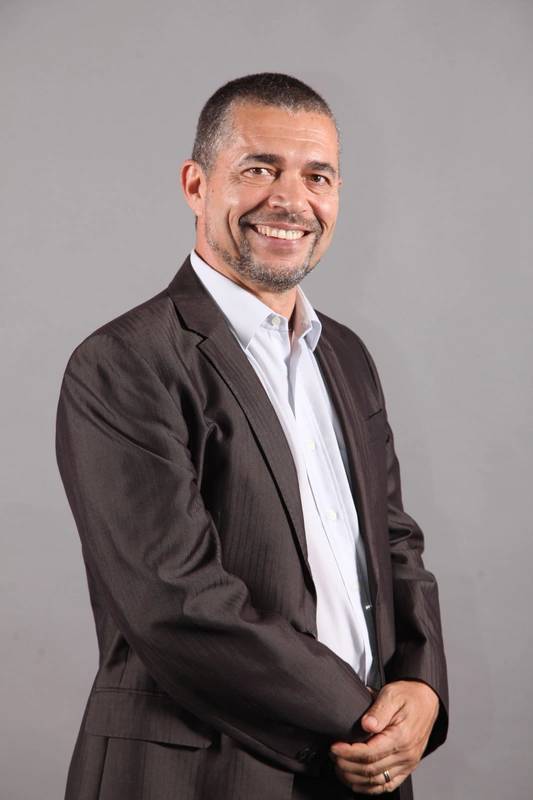
While the spotlight within the maritime industry is increasingly focussed on the multiple future fuel pathways that will power the shipping industry towards its decarbonization targets towards 2050, there is also the reality that currently over 99% of the world’s shipping fleet is using conventional fuels.
According to the IMO’s recently launched website developed by the Future Fuels and Technology Project (FFT Project) - using the latest data from the DNV’s Alternative Fuels Insight Platform (AFI) – just 0.83% of the world’s shipping fleet is currently using alternative fuels including LNG and LPG.
While this picture is changing, with approximately 16% of new vessels on order having alternative fuel capability including LNG, Methanol, LPG, Hydrogen and Ammonia the majority of the world’s shipping fleet will likely be using the current conventional fuels including LNG well into the 2040s, given an expected vessel life span of between 20 and 30 years.
This points to the fact that future demand for conventional and LNG fuels will be significant for some time to come, which will be reflected in demand for marine lubricants that meet the operational parameters of these engines into the foreseeable future.
 Dr Olivier Denizart, Lubmarine’s Technical Manager looks at the continual work that is being done by Lubmarine to develop new and improved marine engine lubricants to meet today’s – and tomorrow’s – global shipping fleet. Image courtesy Lubmarine
Dr Olivier Denizart, Lubmarine’s Technical Manager looks at the continual work that is being done by Lubmarine to develop new and improved marine engine lubricants to meet today’s – and tomorrow’s – global shipping fleet. Image courtesy Lubmarine
Today, lubricant manufacturers like ourselves are simultaneously working on developing improved lubricants for existing mature fuel solutions (conventional and LNG fuels), whilst developing new lubricants to meet the needs of future fuels including Bio fuels, e-fuels, MeOH and NH3.
That’s because the primary drivers for lubricants are ever-changing in line with engine designers and manufacturers who are striving for further performance improvements that can help deliver increased fuel economy and emissions reductions in today’s engines. The result is that new engine designs are placing increased demands on lubricants and their performance capabilities in a range of ways including:
As a result, we are seeking to deliver further performance improvements to today’s lubricants looking at areas including:
New Engine Designs and Cylinder Oil Specifications
Demands placed on cylinder lubricants by today’s engines mean that we must pay special attention to the key areas of the combustion chamber, the ring pack, the exhaust valve and especially the piston top land and top ring area.
For this we are focusing on low ash – for deposit control, and high detergency - for cleanliness.
We also need to look at key Operational Drivers including:
The importance of good piston ring cleanliness cannot be overstated. This has been seen through the more recent MAN Category II introduced to the market.



